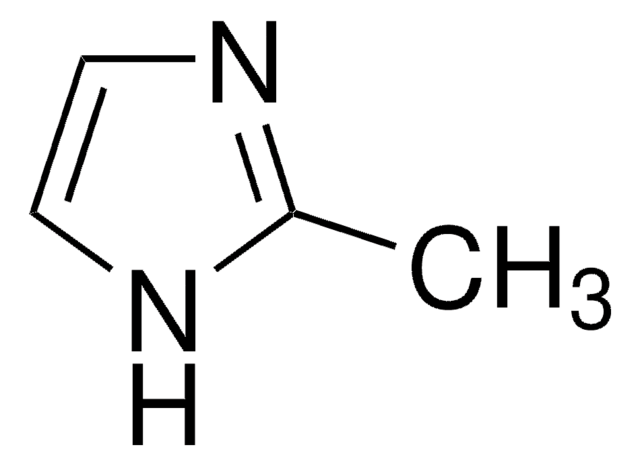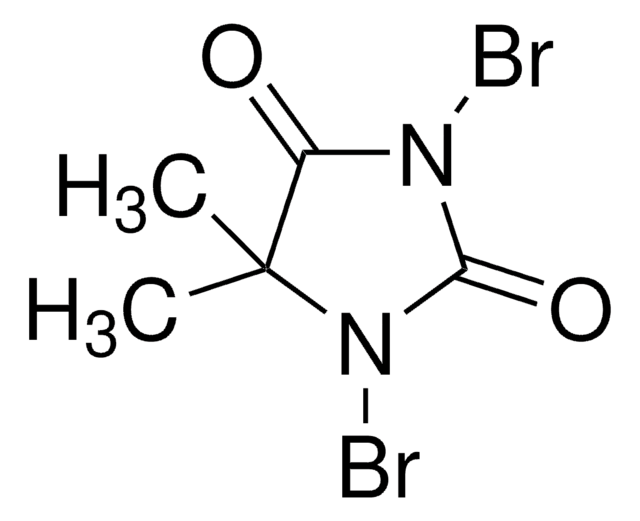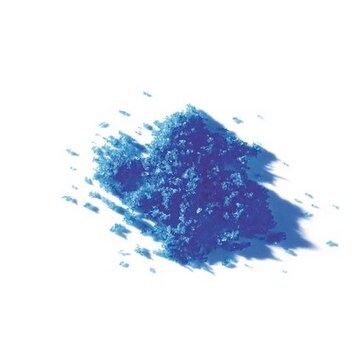203106
Cobalt(II) nitrate hexahydrate
99.999% trace metals basis
Synonyme(s) :
Cobaltous nitrate, Cobaltous nitrate hexahydrate, Nitric acid, cobalt(II) salt
About This Item
Produits recommandés
Niveau de qualité
Essai
99.999% trace metals basis
Forme
crystals and lumps
Impuretés
≤15.0 ppm Trace Metal Analysis
Pf
55 °C (lit.)
Application(s)
battery manufacturing
Chaîne SMILES
O.O.O.O.O.O.[Co++].[O-][N+]([O-])=O.[O-][N+]([O-])=O
InChI
1S/Co.2NO3.6H2O/c;2*2-1(3)4;;;;;;/h;;;6*1H2/q+2;2*-1;;;;;;
Clé InChI
QGUAJWGNOXCYJF-UHFFFAOYSA-N
Vous recherchez des produits similaires ? Visite Guide de comparaison des produits
Catégories apparentées
Description générale
Application
- Used as a precursor to synthesize nano-Co3O4 via direct thermal decomposition method for electrochemical water oxidation applications
- Used as a precursor to synthesize single-crystalline Co3O4 powders with controllable morphology for lithium-ion battery applications. cobalt-containing nanomaterials, such as nano-Co3O4, with controlled size, shape, and morphology via sol-gel method.
- As a vital precursor to generate nickel-rich cathode materials (NMC, NCA) for lithium-ion batteries using co-precipitation process because of its simplicity, ease of scale-up, and ability to produce a homogeneous structure at the particle scale.
Cobalt(II) nitrate hexahydrate can be used as a:
- A starting material in the preparation of Co-based nanomaterials and Co complexes.
- A catalyst to synthesize 5-carboxanilide-dihydropyrimidinone derivatives via a three-component condensation reaction.
- A dopant to prepare LaCr1−xCoxO3 solid-solution ceramics for high temperature applications.
Caractéristiques et avantages
- High purity with trace metal analysis (=< 15 ppm) for 32 elements, suitable for batteries.
- High water solubility ideal for synthesizing composites for various applications.
- Low ppm levels of metal ions including Al, K, Na, Mg, Cu, Co, etc.
Mention d'avertissement
Danger
Mentions de danger
Conseils de prudence
Classification des risques
Acute Tox. 4 Oral - Aquatic Acute 1 - Aquatic Chronic 1 - Carc. 1B Inhalation - Eye Dam. 1 - Muta. 2 - Ox. Sol. 2 - Repr. 1B - Resp. Sens. 1 - Skin Sens. 1 - STOT RE 2 Inhalation
Organes cibles
Lungs
Code de la classe de stockage
5.1B - Oxidizing hazardous materials
Classe de danger pour l'eau (WGK)
WGK 3
Point d'éclair (°F)
Not applicable
Point d'éclair (°C)
Not applicable
Équipement de protection individuelle
Eyeshields, Faceshields, Gloves, type P3 (EN 143) respirator cartridges
Faites votre choix parmi les versions les plus récentes :
Déjà en possession de ce produit ?
Retrouvez la documentation relative aux produits que vous avez récemment achetés dans la Bibliothèque de documents.
Les clients ont également consulté
Articles
Nanostructured Materials Through Ultrasonic Spray Pyrolysis
Lithium-Ion Battery Performance: Dependence on Material Synthesis and Post‑Treatment Methods
Thermoelectric Performance of Perovskite-type Oxide Materials
Advances in materials have often been led by the development of new synthetic methods that provide control over size, morphology and structure. The preparation of materials in a scalable and continuous manner is critical when development moves beyond lab-scale quantities.
Notre équipe de scientifiques dispose d'une expérience dans tous les secteurs de la recherche, notamment en sciences de la vie, science des matériaux, synthèse chimique, chromatographie, analyse et dans de nombreux autres domaines..
Contacter notre Service technique
















